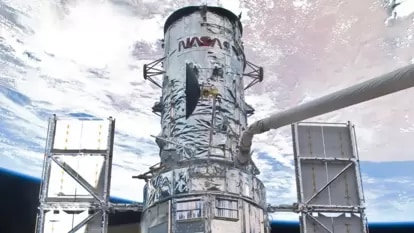NASA Astronomy Picture of the Day June 4, 2023: Color the Universe!
NASA Astronomy Picture of the Day June 4 brings an illustration of the Universe. What is it? Know in detail.
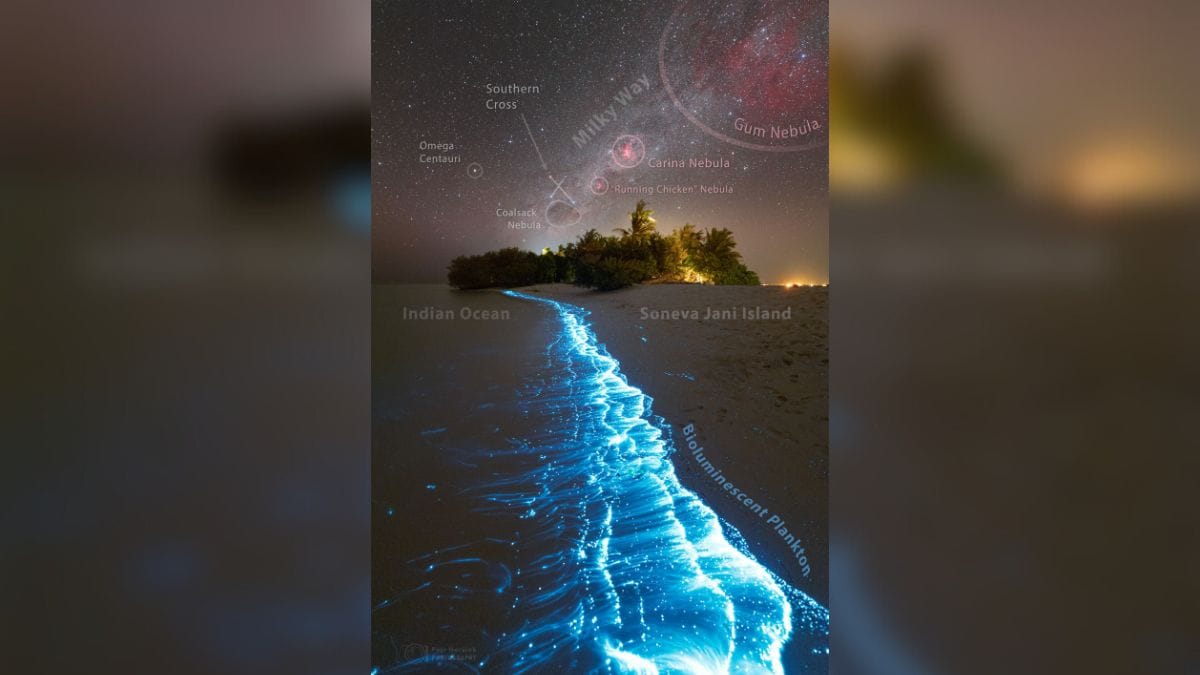
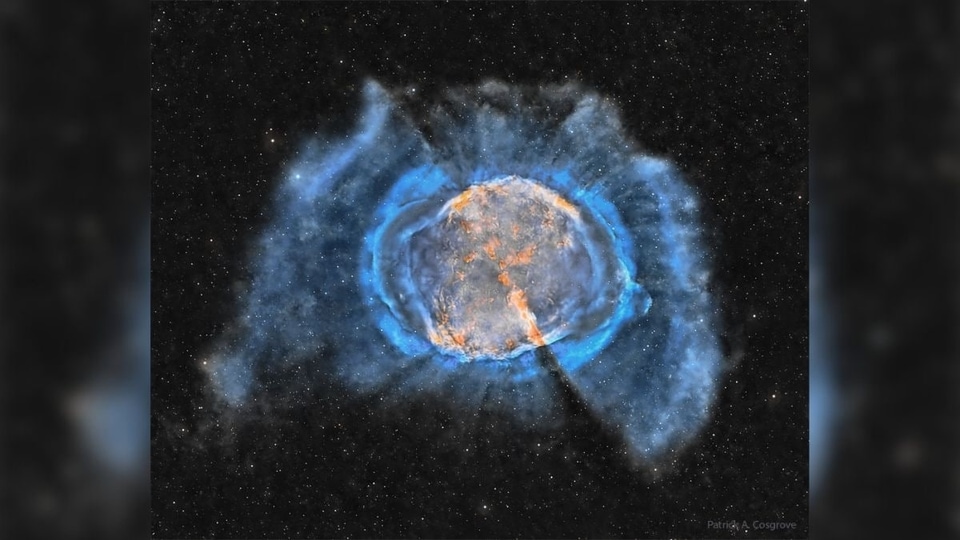

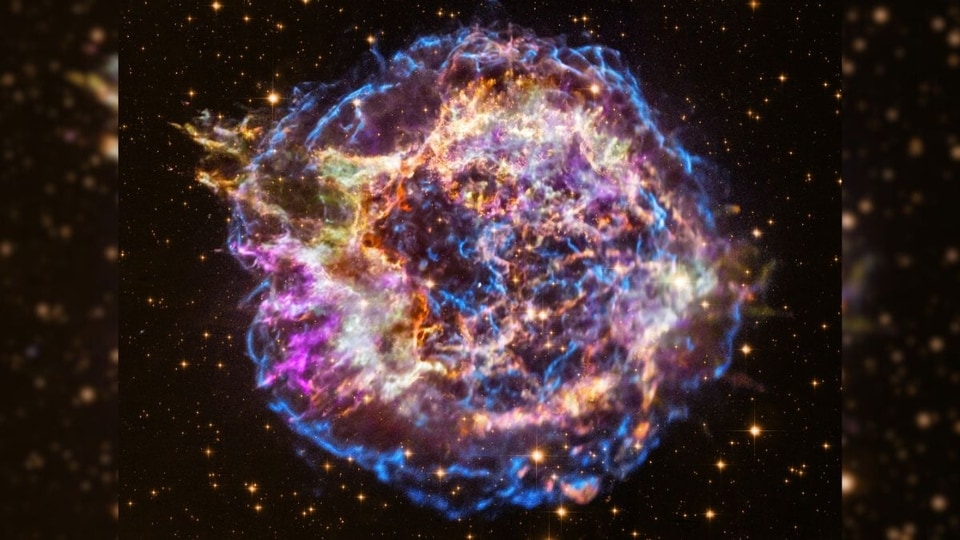

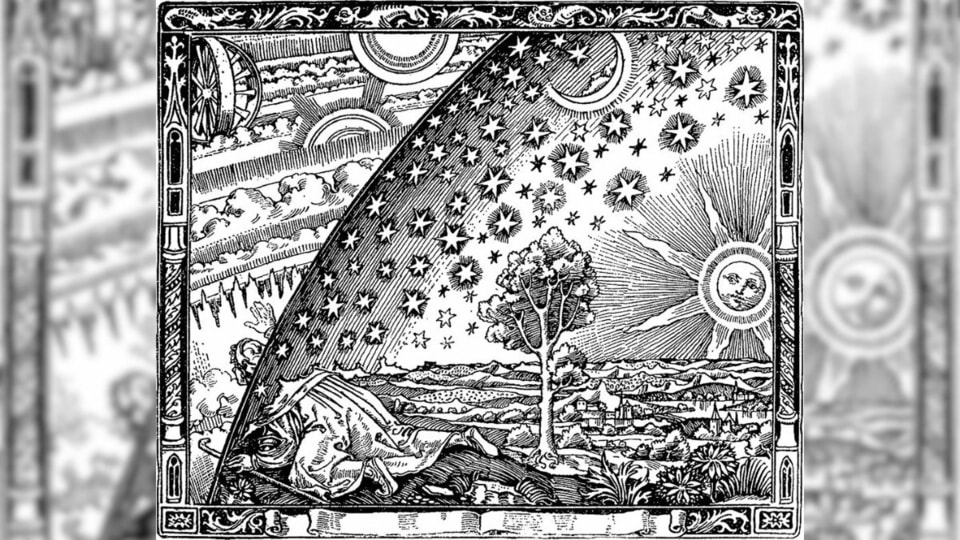
 View all Images
View all ImagesToday, NASA takes us on a quick visual journey of the galaxies, nebulae, Earth, planets, moon, and the vast depth of the cosmos through its "Astronomy Picture of the Day." However, instead of the stunning view of space or Earth, NASA has shared a task for you! If you love painting or colouring, this may interest you. “Wouldn't it be fun to colour in the universe? If you think so, please accept this famous astronomical illustration as a preliminary substitute,” NASA said while sharing an illustration.
This is so because today's NASA Astronomy Picture of the Day is a famous Flammarion engraving. You will be surprised to know that this illustration of the sky has appeared on several occasions in the past 100 years. Who is the creator of this illustration? Sadly, the actual artist remains unknown yet. Not just that, but this illustration has no accepted name too! However, several studies refer to it as Flammarion's Engraving as it first appeared in a book by a French astronomer and author Camille Flammarion in 1888.
Flammarion's Engraving explanation
The 'Flammarion Engraving' is a wooden engraving holding historical interpretations of human knowledge of the universe. The illustration derives its name from its initial appearance in Camille Flammarion's book "L'atmosphère: météorologie populaire" in 1888. A study by Harvard University describes the illustration that it portrays a man dressed in a long robe, holding a walking stick, who lowers himself to kneel and extends his head, shoulders, and right arm through a space between the celestial sky adorned with stars and the Earth.
Did you know?
Have you ever wondered, how old is the universe? NASA says it appears to be about 13.8 billion years old. The determination of that figure was done through the measurement of the ages of the most ancient stars, as well as the examination of the universe's expansion rate. Additionally, scientists observed the expansion by observing the Doppler shift in light emitted by galaxies, the majority of which exhibit movement away from us and from one another. It was observed that the velocity of their recession increases as the distance between galaxies grows greater.
Catch all the Latest Tech News, Mobile News, Laptop News, Gaming news, Wearables News , How To News, also keep up with us on Whatsapp channel,Twitter, Facebook, Google News, and Instagram. For our latest videos, subscribe to our YouTube channel.





